Facts About Metal Roofing Construction
Metal roofs save energy, have no petroleum by-products, can be recycled, and use the least resources in production.
Metal roofing has been on many people’s minds lately, and for good reason. Weather can be demanding on a roof, and metal roofing is an exceptional option. This article is full of facts to help homeowners determine if metal roofing is the right option for their homes.
Various materials
Depending on the style, cost, and specifications a homeowner desires when shopping for a roof, the material they choose may vary. Metal roofs can be made of galvanized, stone-coated, aluminum, copper, zinc, stainless steel, and more.
Long-lasting
While it depends on the material and how the contractors install it, a metal roof may outlast the homeowner.
Low lifecycle costs
At first glance, metal roofing might appear to be the more expensive option, but the money homeowners can save on energy bills and maintenance makes the overall cost much less than any other roofing style.
Green roofing option
Metal roofs save energy, have no petroleum by-products, can be recycled, and use the least resources in production. In other words, this is the greenest way to cover a home.
Reduce energy costs
All metal roofs have cool reflective surfaces, which reflect solar heat instead of absorbing it. As a result, the home will remain cooler during the summer, lowering energy bills. Some homeowners report saving up to 25% on their electricity expenses.
Nearly leakproof
Because metal roofs naturally drain water, homeowners do not have to worry about leaks.
Fire retardant rated
Metal roofs have a Class A fire retardant rating, so homeowners can sleep easy under a metal roof without worrying that it could catch fire.
Rarely needs maintenance
Most metal roofs rarely require maintenance or repair. One exception is when a homeowner chooses a corrugated-style metal roof. This roofing material has exposed fasteners that require tightening every 10 to 15 years. Overall, a metal roof requires much less attention than a shingle roof.
Can be installed over an existing roof
In most cases, homeowners can install a metal roof directly on their existing shingle roof. As a result, metal roofing construction is less of a hassle (and less of an expense).
Installation is simple
Metal roof installation is a straightforward process. An expert must install them, but someone trained can install a metal roof quickly.
Wind and rain-resistant
Metal roofs, for the most part, are wind and rainproof. While there is always a chance that something may go awry, metal roofs are the most weather-resistant roofing material available.
Two common styles
While various other styles are available, the two most common metal roof styles are vertical panels and interlocking shingles.
Available in many different colors
Homeowners can find metal shingles made to look like slate, clay, or cedar. They can also find metal roofing in over 100 different colors. Whatever style the homeowner hopes to achieve, metal roofing is a viable option.
Warranty
Most metal roofs come with a 20 to 50-year warranty, far greater than other roofing materials.
Doesn’t attract pests
Unlike shingles and other roofing materials, metal roofs do not attract rodents, termites, or other pests. Metal roofing construction is also harder for pests to penetrate.
Can increase a home’s value
Because of all the above factors, buyers prioritize homes with metal roofs. Homeowners may see an increase in their home's value after installing a metal roof.
Irish Roofing Company provides Scottsdale with residential tile roof installation and replacement, shingle roof installation and replacement, metal roof installation and replacement, roof repair, roofing maintenance, and roof inspection services. Count on our uniformed, knowledgeable, and experienced roofers for high-quality roofing solutions.

